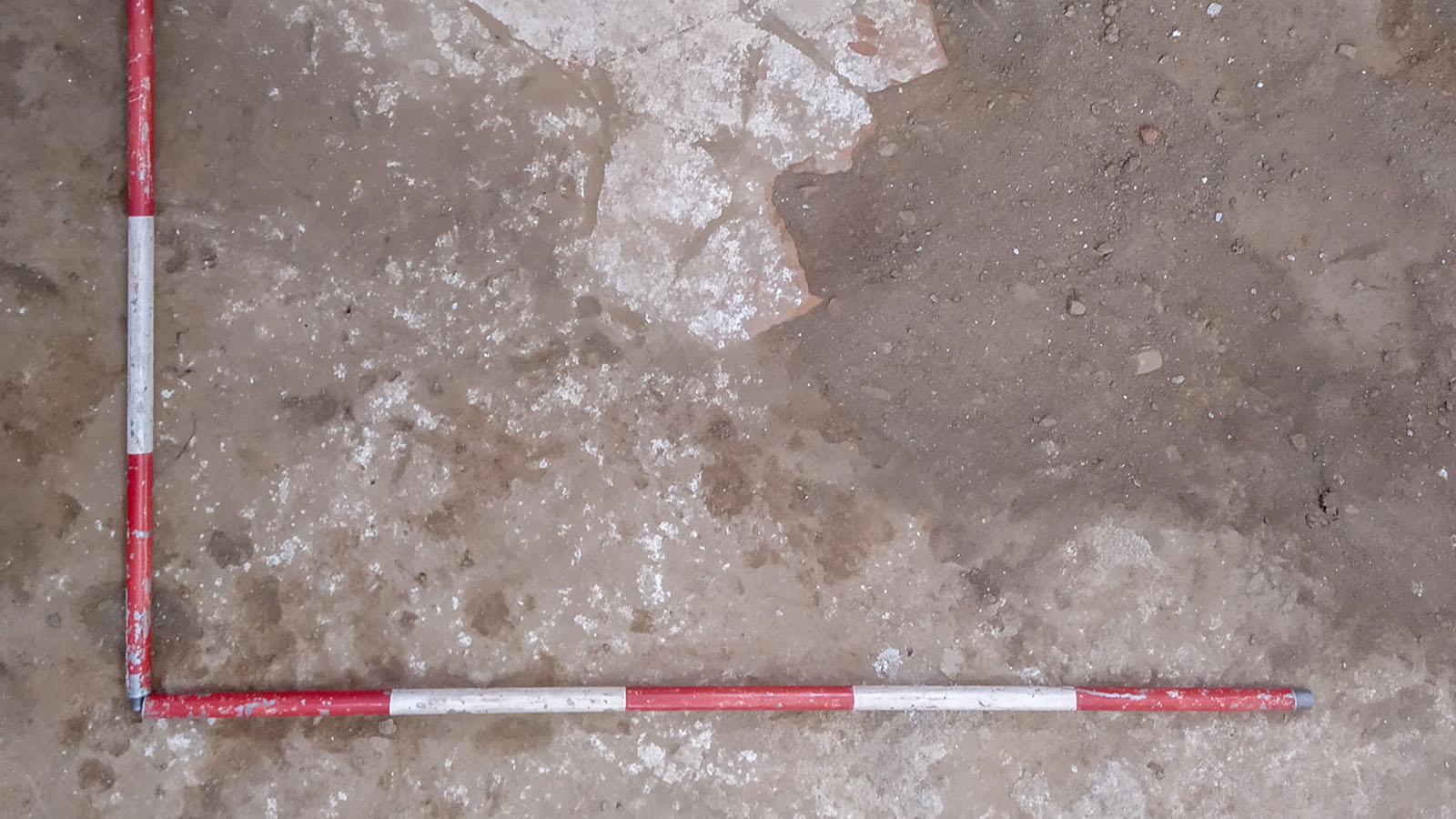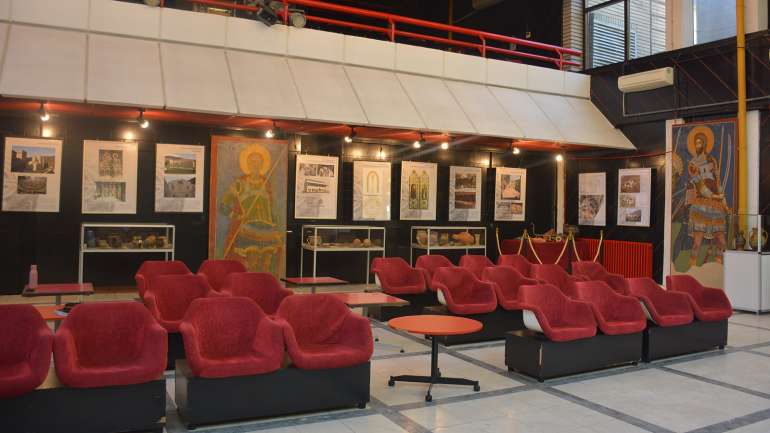Written by: Smiljana Dodić, museum counselor – archaeologist
At the beginning of October we started protective archaeological excavations inside the church of the Nativity of the Blessed Virgin in Ivkovački Prnjavor, near Jagodina, popularly known as the Ivković Monastery. This shrine represents the parish church of several villages from the territory of the city of Jagodina and the municipality of Rekovac – Ivkovački Prnjavor, Beočić, Dragoševac, Topola, Medojevac and Loćika. The investigations are initialized as the beginning of moisture remediation and replacement of the existing floor in this church which was listed as the monument of culture by Decree of the Government of the Republic of Serbia from 2005.
This multilevel sanctuary is located in the gorge of the Županjevac river at the very exit from Ivkovački Prnjavor, up the village cemetery. It is popularly known as the Ivković Monastery, although back in 1826, when Joakim Vujić visited it, it was a parish church, not a monastery. According to a legend, Prince Lazar had built it and bestowed it to his blacksmith Ivko, after whom the former monastery was named. In 1768 Ivković was restored and became the metochion of Kalenić.
The church itself was burned and restored several times, rebuilt with stone and plastered with lime mortar. It has modest dimensions, approximately 12 x 6m, with a narthex, nave and altar apse. The existing floor of the church is not original, according to the documentation of the Institute for the Protection of Cultural Monuments the wooden floor was replaced by a stone one, except at the place of the grave on the south side of the narthex.
At that point our adventure begins – we got the opportunity to take a look at all the interventions of the caring parishioners in the restoration and maintenance of the church in Ivković. The inhabitants of the surrounding villages, led by the young priest Miloš Todorović, started this investigation, freeing us from the hard work of removing the modern floor and its concrete substructure. In the lower zones, we proceeded to remove the leveling layer of sand, under which we found not a wooden floor, which was obviously removed during the construction of the modern floor, but a brick floor which, judging by the finds of coins underneath it, was installed before the outbreak of the Second World War. We also noted the existence of an older floor made of clay coated with plaster, and the real treat was the discovery of a smaller zone paved with thin hexagonal bricks. The oldest level we reached this week, judging after the coin finds, is chronologically related to the second half of the 19th Century.
And then we opened the trenches…
(to be continued…)





